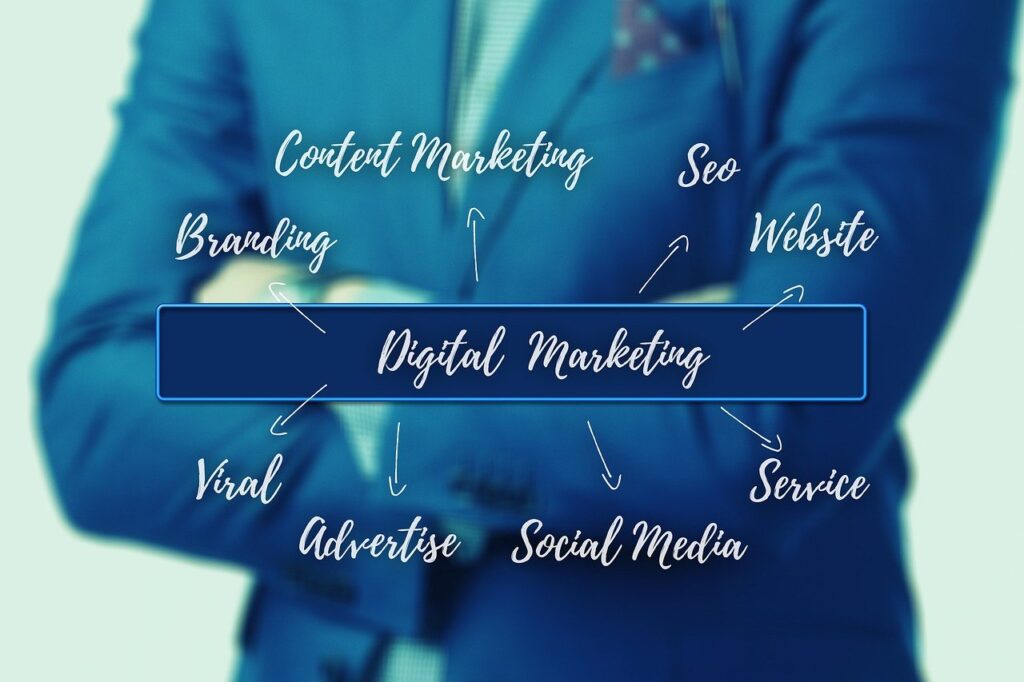
In today’s bustling marketplace, businesses don’t just need to be seen—they need to be remembered and loved. What’s one of the most effective ways to make that happen? Brand storytelling. This blog post will take you on a journey through the realms of brand storytelling, exploring why it’s indispensable for modern businesses and how you can use it to capture hearts and minds.
What is Brand Storytelling?
Brand storytelling is the art of using narratives to connect your brand with consumers on a deeper level. Unlike straightforward advertising, brand storytelling weaves together facts and emotions to create a relatable and memorable story around your brand. This narrative can stem from the brand’s origins, its mission, or even customer experiences.
The Power of Narrative in Branding
When a brand tells its story effectively, it not only captures attention but also creates an emotional connection with consumers. This can lead to increased brand loyalty, trust, and even advocacy.
1) Emotional Connection
Humans are wired for stories. A well-told brand story can evoke emotions, making consumers feel connected to your brand on a personal level. When people are emotionally invested, they’re more likely to become loyal customers.
2) Humanising Your Brand
Stories give your brand a human face, making it more relatable. Sharing the challenges, triumphs, and values of real people behind the brand can foster a sense of community and trust. People buy from people, not faceless corporations.
3) Differentiating from Competitors
In a crowded market, it’s easy for products to become commodities. A unique brand story sets you apart from competitors, making your brand memorable and distinctive. While many companies may offer similar products, your story is uniquely yours. An engaging online presence amplifies this narrative, ensuring your brand stands out.
The 4 Key Benefits of Brand Storytelling
Incorporating storytelling into your branding strategy can provide several significant advantages:
Building Brand Loyalty
A compelling story fosters a deeper connection with your audience, leading to increased loyalty. When customers identify with your brand’s narrative, they’re more likely to stick around and even advocate for your brand.
Enhancing Customer Engagement
Interactive narratives invite customers to participate, whether through social media, blogs, or other channels. This engagement keeps your audience interested and involved, enriching their experience with your brand.
Driving Conversions and Sales
Stories create emotional resonance, which can significantly impact purchasing decisions. A strong brand narrative can turn casual browsers into dedicated customers, driving sales and conversions.
Establishing Brand Authority and Trust
Sharing authentic stories about your brand’s mission, values, and ethics builds credibility and trust. When customers feel they can trust your brand, they’re more likely to invest in your products or services.
What Makes for Good Brand Storytelling?
While every brand story is unique, several key elements are essential for creating a compelling narrative that resonates with your audience:
Authenticity and Honesty
Your story should be genuine and reflect your true brand values. Consumers are savvy and can spot inauthenticity from a mile away. Authentic stories build trust and credibility.
Consistency Across Channels
Your brand story should be consistent across all platforms, from your website to social media. Consistency ensures that your audience receives a unified message, reinforcing your brand identity.
Relatable Characters and Plots
Introducing relatable characters—whether real people or fictional personas—helps your audience connect with your brand. The plot should reflect common challenges and triumphs, making the story engaging and impactful.
Emotional Appeal
Emotion is the heart of storytelling. Whether it’s joy, sorrow, triumph, or inspiration, your story should evoke emotions that resonate with your audience, creating a lasting impression.
The Common Mistakes to Avoid in Brand Storytelling
While brand storytelling can be a powerful tool, it’s essential to avoid these common mistakes:
Inconsistency
Inconsistent storytelling can confuse your audience and weaken your brand message. Ensure that your story is consistent across all channels and aligns with your brand values.
Overcomplicating the Story
Keep your story simple and straightforward. Overcomplicating the narrative can dilute your message and make it harder for your audience to connect with your brand.
Neglecting Audience Engagement
Engage with your audience by inviting them to share their stories, provide feedback, and participate in your brand narrative. Ignoring audience engagement can lead to missed opportunities for connection and growth.
How to Develop Your Brand Story?

Crafting a compelling brand story starts with understanding your core values, target audience, and unique selling points.
Understanding Your Audience
Know who you’re talking to. Conduct research to understand your audience’s needs, preferences, and pain points. Tailoring your story to your audience makes it more relevant and engaging.
Identifying Your Brand’s Core Values and Mission
Your brand story should reflect your core values and mission. What does your brand stand for? What are your goals? These elements form the foundation of your narrative.
Crafting a Compelling Narrative
Develop a storyline that is engaging and memorable. It should have a clear beginning, middle, and end, with relatable characters and a plot that resonates with your audience.
Integrating Your Story into Marketing Strategies
Your brand story should be woven into all your marketing efforts, from content marketing to social media and beyond. Consistent storytelling across all channels strengthens your brand identity and message.
3 Successful Examples of Brand Storytelling
Here are 3 examples of brands that have successfully used storytelling to connect with their audience:
Case Study Nike
Nike’s “Just Do It” campaign is a stellar example of brand storytelling. By sharing inspirational stories of athletes overcoming challenges, Nike connects deeply with its audience, promoting a message of perseverance and empowerment.
Case Study Apple
Apple’s brand story revolves around innovation and simplicity. Through sleek product design and minimalist marketing, Apple conveys a narrative of sophistication and cutting-edge technology.
Case Study Coca-Cola
Coca-Cola’s “Open Happiness” campaign promotes a message of joy and togetherness. By associating their product with positive emotions and experiences, Coca-Cola creates a powerful and enduring brand narrative.
Future Trends in Brand Storytelling
As brand storytelling continues to evolve, keeping an eye on emerging trends is crucial for staying relevant.
The Rise of User-Generated Content
User-generated content is becoming increasingly popular in brand storytelling. Encouraging your audience to share their experiences with your brand creates authentic and relatable stories that resonate with others.
Interactive and Immersive Storytelling
Interactive and immersive storytelling techniques, such as virtual reality and augmented reality, are gaining traction. These technologies offer new and exciting ways to engage your audience and enhance their experience.
Leveraging Artificial Intelligence in Storytelling
Artificial intelligence is revolutionising brand storytelling by providing insights into audience preferences and behaviours. AI-powered tools can help create personalised and relevant narratives that resonate with your audience.
Conclusion
In the fast-paced world of business, brand storytelling is not just a luxury—it’s a necessity. From building brand loyalty to driving conversions, effective storytelling can transform your brand’s relationship with its audience.
Now is the time to start crafting your brand story. Understand your audience, define your core values, and weave a narrative that resonates. Join the ranks of successful brands like Nike, Apple, and Coca-Cola, and see the difference a compelling story can make.
Ready to begin your storytelling journey? Start today, and watch your brand thrive.

Leave a Reply
You must be logged in to post a comment.